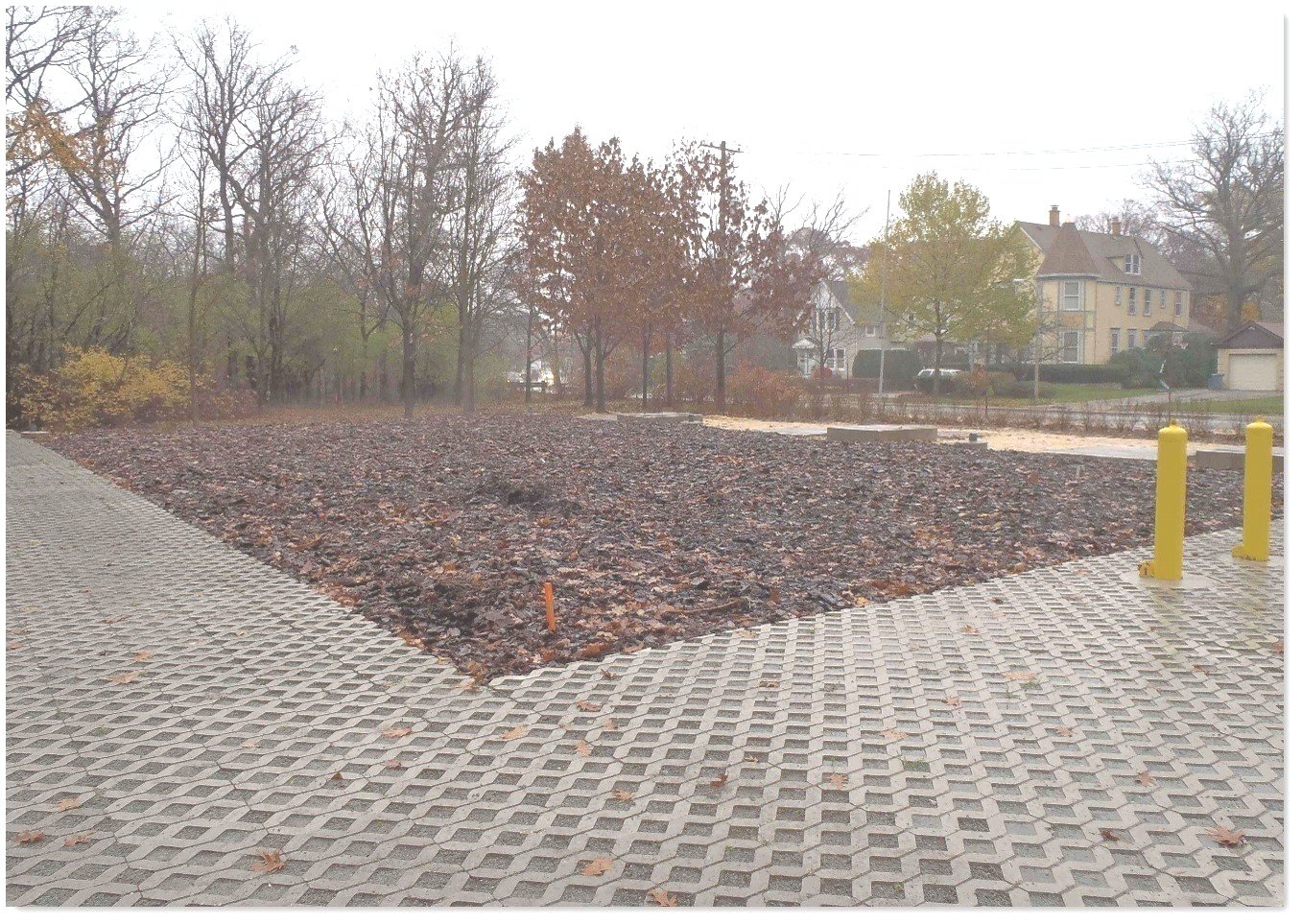The Science Behind Foul Odor Emissions in Sewer Collection Systems
In this blog post, we examine the science and often unpleasant world of foul odor emissions in sewer collection systems. While the topic may not be the most glamorous, understanding the science behind foul odor generation is crucial for developing and implementing odor control solutions. In a previous article, we discussed the biochemical process that causes odors to be generated. In this follow-up article, we shed light on how sewer flows and ventilation dynamics influence the dispersion, intensity, and release of foul odors within a sewer collection system.
Odor Generation and Control
Odor-causing compounds are often produced due to the biological decomposition of organic matter containing sulfur and nitrogen. In wastewater collection and treatment systems, odors are commonly generated when bacteria produce odor-causing compounds as part of their metabolic processes under anaerobic conditions. Common factors that contribute to odor emissions include long hydraulic retention times, low flow velocities, sources of turbulence, pressurized headspaces, and wastewater chemistry (i.e., high temperature and Biological Oxygen Demand (BOD), low pH and dissolved oxygen). Common odor-causing compounds in wastewater systems include hydrogen sulfide and other reduced sulfur compounds (RSCs), volatile organic compounds, and ammonia and other nitrogen based compounds such as amines. It is important to note that while this blog post is concerned with odor emissions, some of these compounds can also cause severe corrosion within wastewater systems. Therefore, controlling odors can also extend asset life.
Generally, most odor control systems prevent odor emissions by either treating the odor-causing compounds before they are released from the wastewater, commonly referred to as liquid phase odor control or chemical addition; or capturing and treating foul air from an odorous headspace, commonly referred to as vapor phase odor control. Liquid phase odor control is generally targeted to mitigate hydrogen sulfide release, while vapor phase odor control technologies can treat a variety of odor-causing compounds. Oftentimes, the most effective odor control strategy involves a combination of technologies designed to address the specific odor compounds observed and the factors contributing to their release.
Ventilation Dynamics
Sewers naturally draw air in and force air out due to localized flow conditions. Under certain conditions, sewers can force large volumes of odorous air out causing odor complaints from the public near the emission location.This release of odorous air is caused by friction drag between the water flowing in the sewer and the air. As wastewater flows through the sewer, friction between the wastewater surface and the air in the headspace causes the air to be dragged in the direction of the flow. The only resistance to air movement in a sewer pipe is the friction between the air and the stationary walls of the pipe. This figure presents the sewer air velocity for a gravity sewer flowing approximately half full. The profiles depict the air velocity as a percentage of the wastewater surface flow velocity.
Sewer pipe profile depicting air velocity as a percentage of the wastewater surface flow velocity.
Just as the sewer pipe has limited wastewater capacity, the headspace has limited airflow capacity. The volume of air that moves through the sewer is directly proportional to the depth and velocity of the wastewater. Wastewater flowing at higher velocities will drag more air than wastewater flowing at slower velocities. When the velocity of the wastewater decreases due to a flattening of pipe slope or some other hydraulic constraint, the fast-moving air being pushed by the high-velocity wastewater flow upstream cannot be supported by the slow-moving wastewater downstream which creates a positive pressure zone, forcing air out of the sewer and into the surroundings. Alternating changes in slope can create alternating changes in air pressure resulting in air flows in and out of the sewer at manholes. This dynamic is depicted in the diagram below.
These dynamic ventilation effects can be severe at inverted siphons, full-flowing or surcharged sewers, and sewer lift stations. In these situations, all airflow stops although the upstream sewer flow continues to drag air in the flow direction. The resulting high pressure in the sewer can cause significant odor release from siphon inlets or wet well vents, force air upstream in the collection system, and in extreme cases, even blow water and foul air out of residential plumbing traps.
Odor Monitoring Programs
The purpose of an odor monitoring program is to collect field data that identifies sources of elevated hydrogen sulfide concentrations and determines the potential for odor emissions. Monitoring programs generally include continuous gas phase hydrogen sulfide monitoring and differential air pressure monitoring of the sewer headspace vs the surrounding atmosphere at various locations within the study area. By monitoring both these parameters, it is possible to identify discrete points of pressurization and odor emission. Dissolved sulfide grab samples are often collected within the collection system study area also. Sulfide generated in anaerobic conditions in wastewater exists in a dissolved ionic/aqueous form before it is released as gas-phase hydrogen sulfide. By measuring the dissolved sulfide concentration in wastewater it is possible to identify the source and degree of anaerobic conditions contributing to sulfide formation and release.
At V&A, we are passionate about assisting our clients to develop successful odor control strategies. Our odor control experts can answer any questions you have regarding odor characterization studies or odor control solutions. We can provide guidance on investigating foul odors, analyzing the issue, and developing implementable control solutions. Feel free to reach out using the link below.
Click here for more information about our Odor Control Services.




